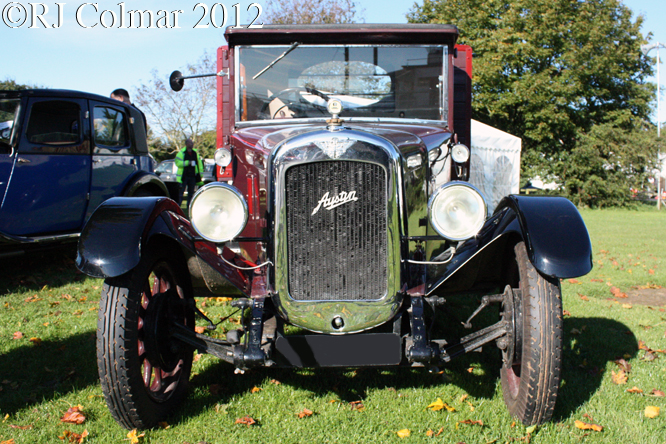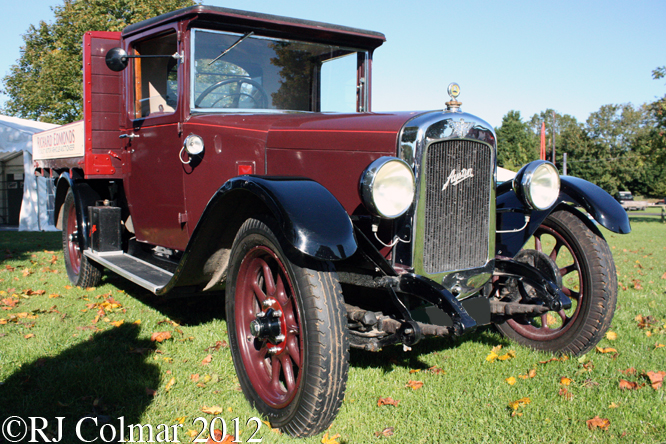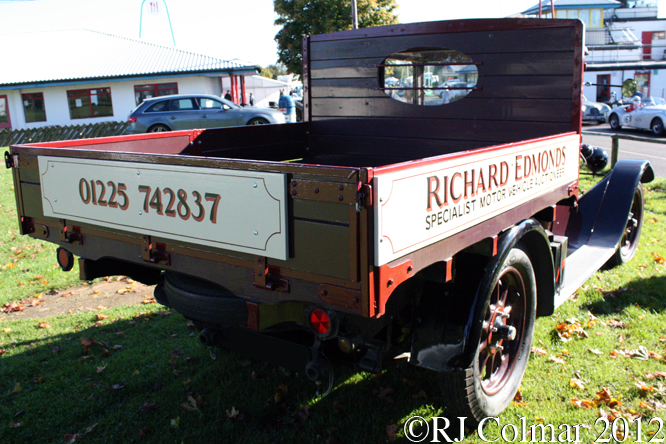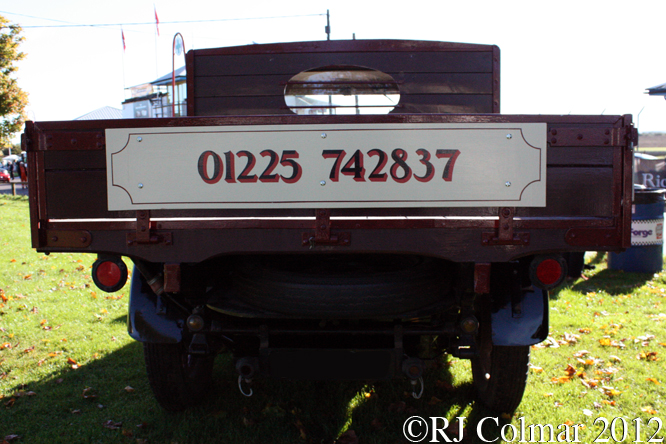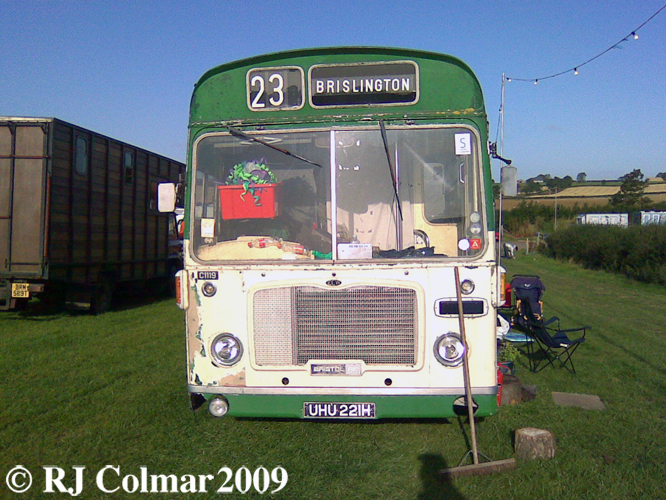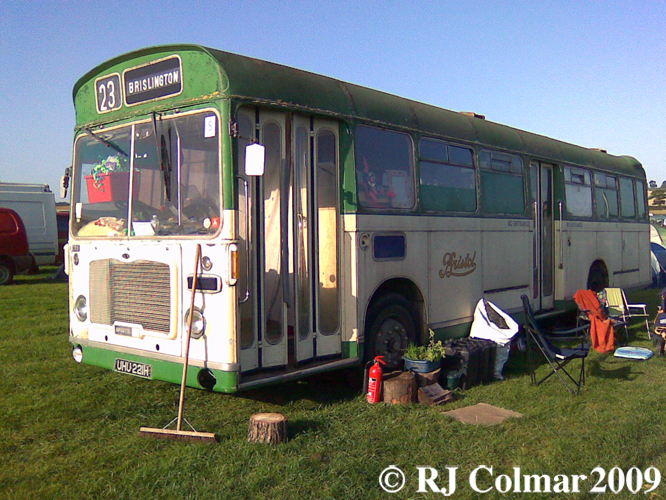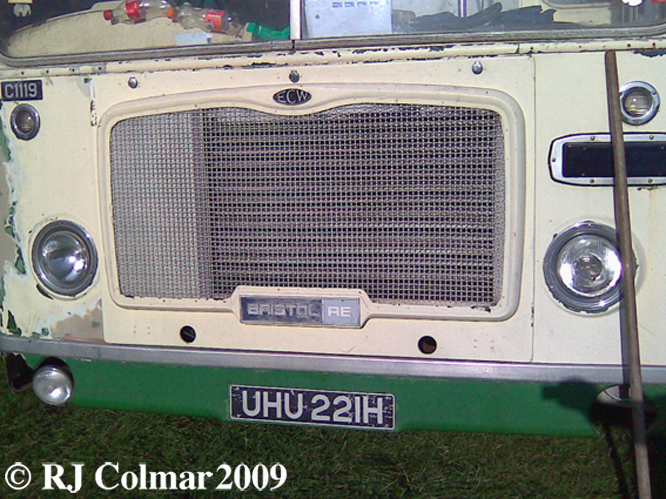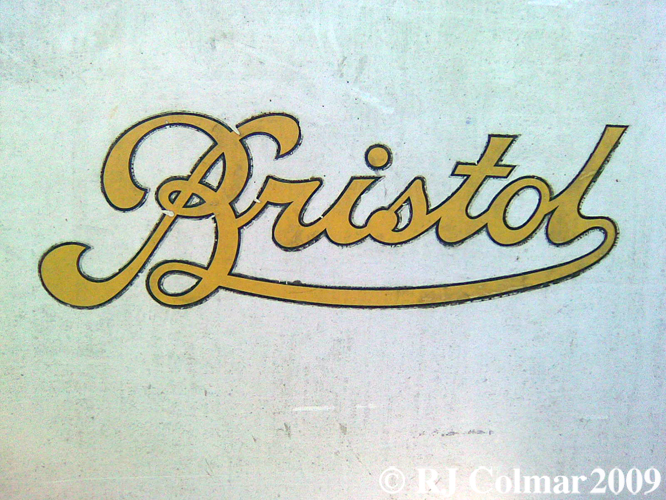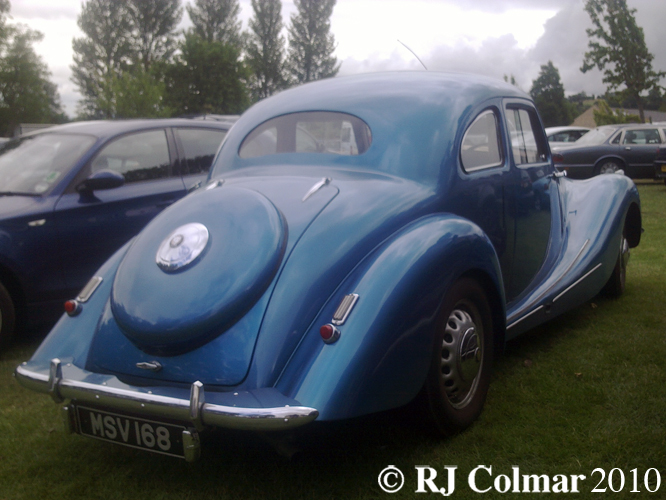Citroën 2CV’s are usually thought of as more French than Croissant, but in fact not all 2CV’s were built in France, the last were built in Portugal and for a period in the 1950’s and 1960’s a number were also produced in Slough some of which like today’s featured 1955 Pickup were unique to the UK market.
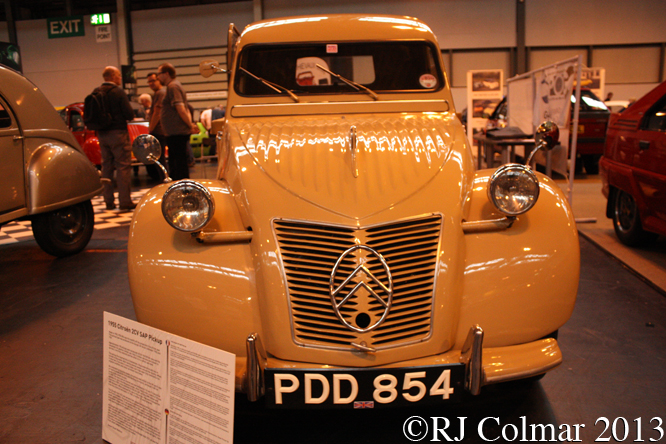
Although the model did not prove a huge success with the British agricultural community at which it was aimed, in 1957 the Royal Navy saw the potential of the vehicle because it was both light enough to be lifted by the fleets largest helicopters and rugged enough to useful in the Malaysian jungle where an armed conflict; known as the Malaysian Emergency, where the Australian and British forces of the British Commonwealth were engaged against the insurgent Malayan National Liberation Army – the military arm of the Malaysian Communist Party, from 1948 – 1960.
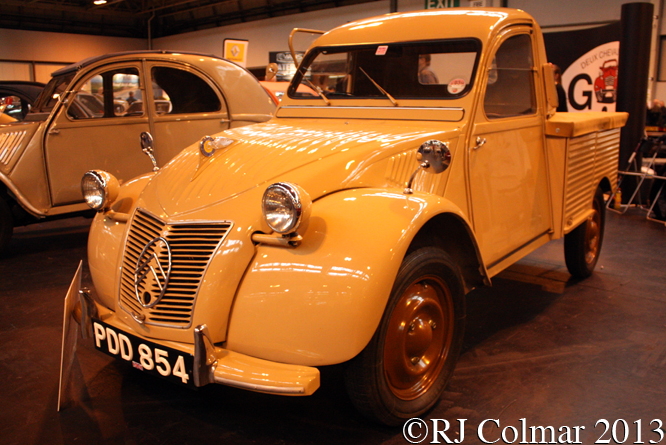
Two batches making 65 2CV pickups in total were dispatched in 1959 and 1960 aboard HMS Albion and HMS Bulwark and deployed with the aid of the aforementioned helicopters in the Malaysian jungle.
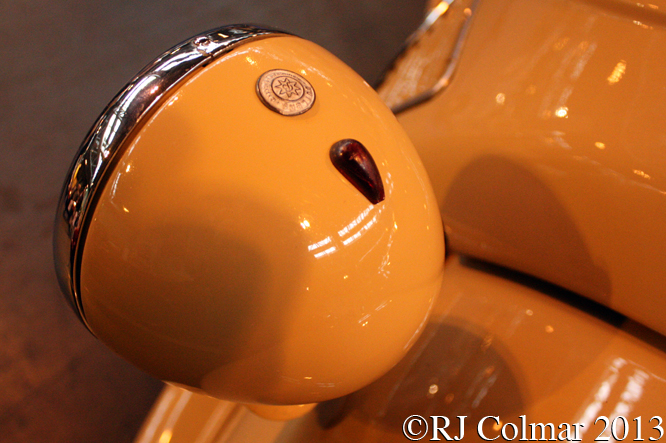
Unique features of the 2CV pickups included the Butler head lights and Lucas sourced semaphore indicators and tail lights.
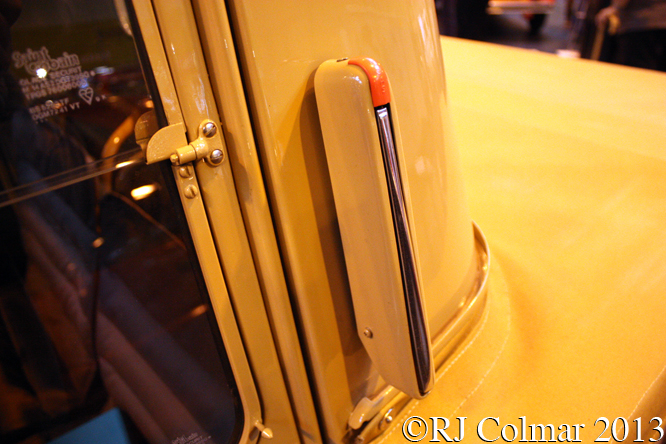
The dash had a unique British spec centrally mounted speedometer which could only be seen at night with the aid of a roof mounted interior light.
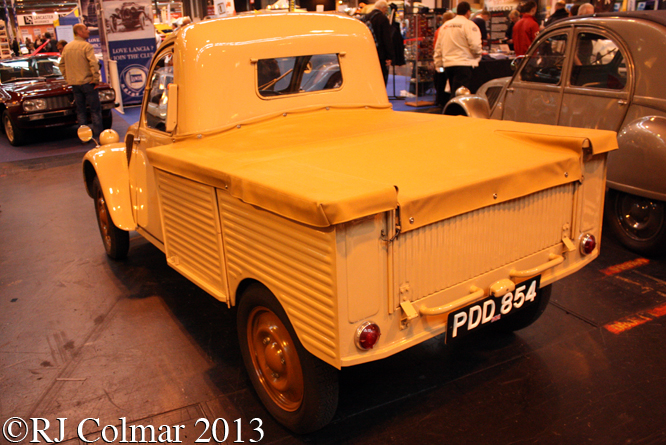
The original factory, as seen on this model at the Classic Motor Show at the NEC in Birmingham, colour options were also unique to the British built 2CV’s. From 1953 to 1962 just 130 of civilian and military 2CV pickups were built and just 2 civilian ones are in road worthy condition with a third in urgent need of restoration.
Thanks for joining me on this “Slough Pickup” edition of “Gettin’ a li’l psycho on tyres” I hope you will join me again tomorrow for the start of GALPOT’s celebration of the 50th year of Lamborghini car production. Don’t forget to come back now !


